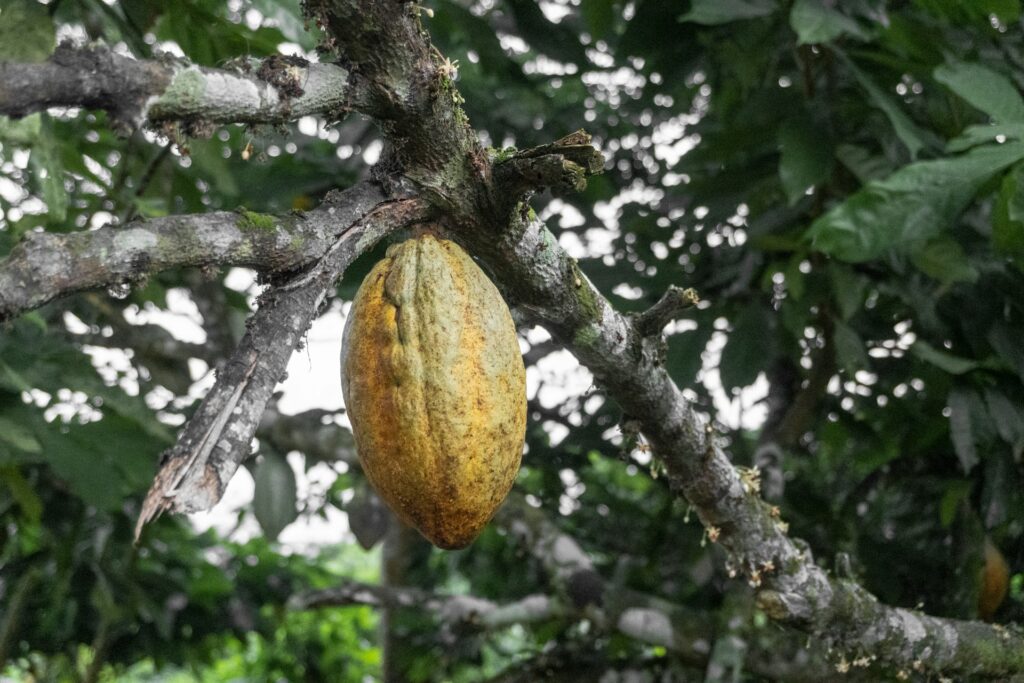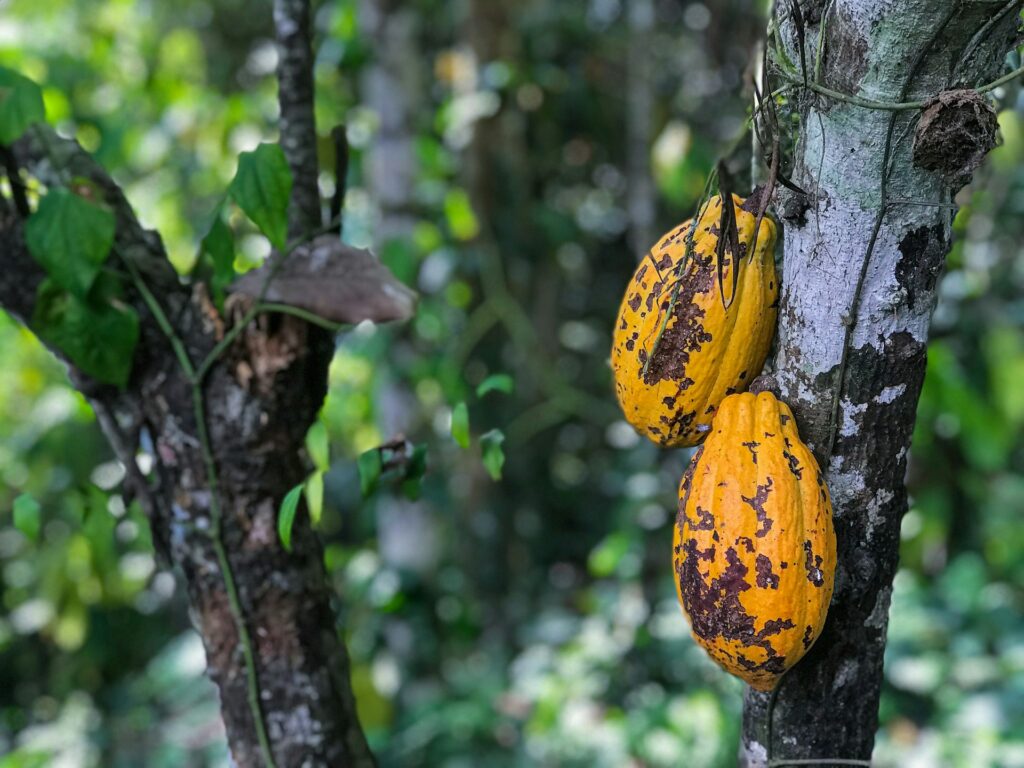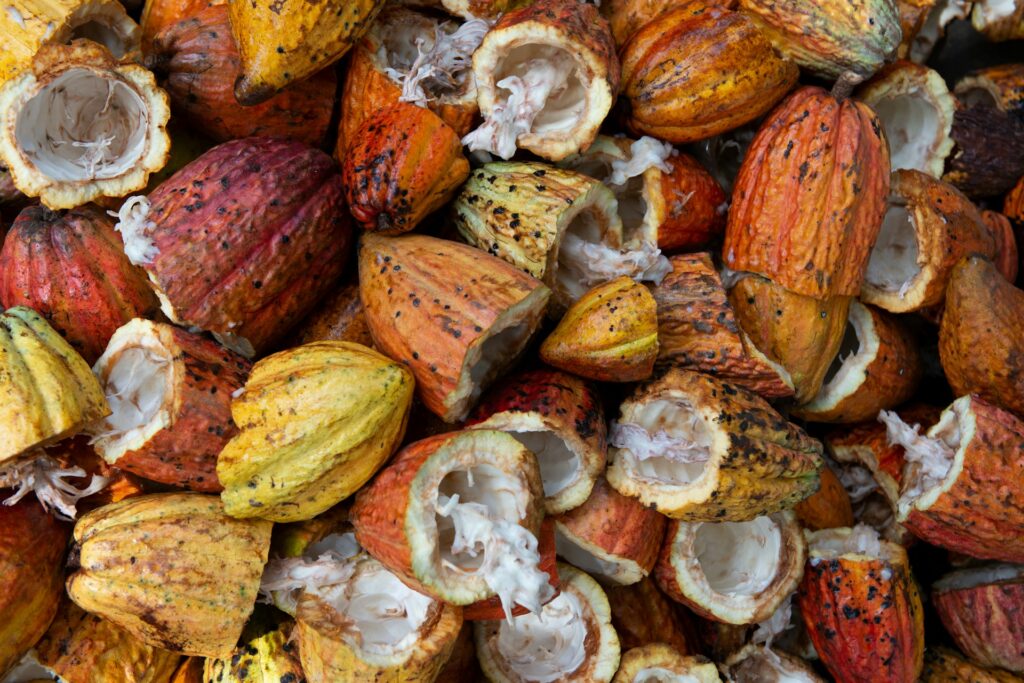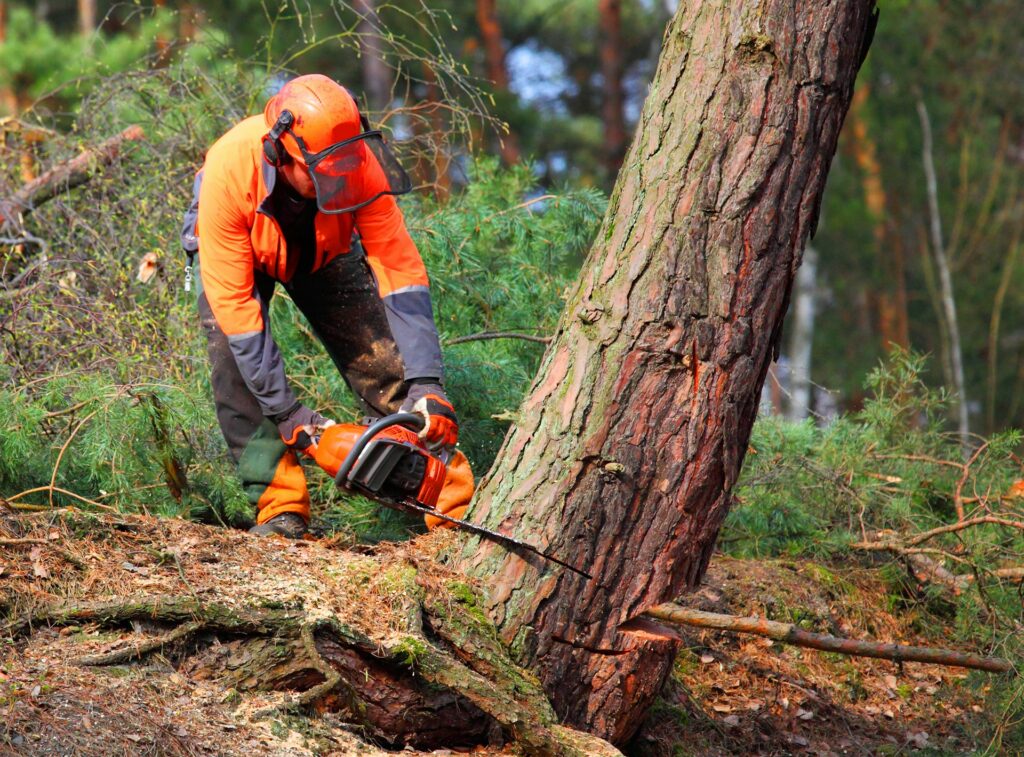A Guide to the European Deforestation Regulation
Posted: 05 Feb 2024

A Guide to the European Deforestation Regulation
Cacao farming is one of the leading causes of deforestation worldwide, impacting the environment, contributing to global warming, and promoting an unsustainable ‘slash and burn’ culture among farmers.
In an effort to put a stop to these damaging practices and create a more sustainable and ethical supply chain, the European Commission has put in place a new rule against deforestation and forest degradation caused by agricultural farming. Read on to find out what impact the new regulation will have on the chocolate industry.
What is deforestation?
Deforestation simply means cutting down trees with the purpose of converting the land to non-forest use. The biggest cause is unsustainable and illegal agriculture, and cacao farming is one of the worst culprits.
Forest degradation is the deterioration of a forest area, often caused by illegal logging, but also climate change and weather phenomena, resulting in forest fires, pest infestation and disease. The impact of forest degradation is the loss of habitats and an increase in air pollution.
Deforestation is not always illegal, but the negative impact all types of deforestation and forest degradation have on the environment has prompted the European Commission to implement a new set of rules called the EUDR to mitigate – and eventually eradicate – the damage.
What is the EUDR?
The European Deforestation Regulation (EUDR) comes into effect on 1st January 2025, meaning all cocoa arriving into Europe must be compliant by 31st December 2024. The new regulation requires businesses to:
- Remove deforestation and forest degradation from their supply chain;
- Comply with local social and environmental laws in the country of production;
- Implement traceability, risk assessments and contingency planning; and
- Produce a ‘Due Diligence Statement’.
Businesses will also be held responsible for any human rights infringements, environmental issues and forced labour in their supply chains. Any business found to be non-compliant after 1st January 2025 will face fines of up to 10% of turnover.
For micro and small businesses, this deadline is 30th June 2025.



What impact does EUDR have on the price of cocoa?
If you have been working with chocolate for a while, you will have noticed that cocoa prices have been rising for the last few years. There are a number of reasons for this, including climate change impacting yields, as well as increasing costs for resources required to grow, transport and produce the cocoa.
The EUDR legislation may also be partly responsible for rising prices, as cocoa farmers and chocolate manufacturers have a lot of work to do to become compliant with the new rules.
Improving traceability and producing detailed reports to evidence compliance involves new procedures, and even expensive new technologies. Add to this the concern that any non-compliant chocolate or cocoa currently in bond may need to be removed from Europe or disposed of, impacting supply, and it is clear to see why the cost of cocoa could continue to rise.
More about the EUDR
The new regulation applies to goods produced on or after 29th June 2023, made from or using commodities produced on land that has been deforested, legally or illegally, since 31st December 2020. This includes derived products, such as:
- Meat products
- Leather
- Chocolate
- Coffee
- Palm nuts
- Palm oil derivatives
- Glycerol
- Natural rubber products
- Soybeans, soy-bean flour and oil
- Fuel wood
- Wood products
- Pulp and paper
- Printed books
Coffee and cocoa are particularly impacted by the EUDR as they take longer to clear through customs and can be held in bonded warehouses for as much as eighteen months – the length of the transition period. If cocoa stocks that clear customs after the transition period are liable, then large amounts of cocoa currently in bond could be destroyed or have to be shipped elsewhere in the world.
According to Intercontinental Exchange, almost 200,000 metric tons of cocoa were held in ICE-licensed warehouses in ports across Europe in summer 2023. That could lead to enormous amounts of wastage and lost profits.
The European Cocoa Association has requested clarification from the European Commission on whether cocoa imported during the transition period will be liable once the regulation comes into effect at the start of 2025, but as of January 2024 the European Commission has yet to respond.


How can I make sure the chocolate I use complies with EUDR?
At Keylink, we’re working with our suppliers to ensure all of the chocolate products that we offer will be compliant by the required date. It’s our aim to give you peace of mind and reassurance that the chocolate ingredients you buy from us are ethical, sustainable and comply with all necessary regulations. We’re proud to work with a fantastic roster of chocolate product manufacturers who are already operating under the requirements of the EUDR, including Callebaut & IBC, Cargill, Luker, Plamil, and Schokinag.
Chocolate that bears the mark of the Rainforest Alliance, Cocoa Horizons or Fairtrade does not automatically guarantee compliance, but allows chocolate manufacturers to benefit from the traceability and tools offered by these organisations, making compliance much simpler.
Around 70% of the world’s cocoa comes from Ghana and Ivory Coast, where deforestation and child labour are widespread. Fortunately, there is a better way, read our guide An Introduction to Cacao Agroforestry to discover the benefits of sustainable agroforests over monocultures, and why ethics and sustainability in cocoa production are so important.
If you’re concerned about ensuring your chocolate and other ingredients comply with the EUDR, give us a call and we’ll be happy to reassure you, or discuss possible alternatives to your current ingredients.
.svg)